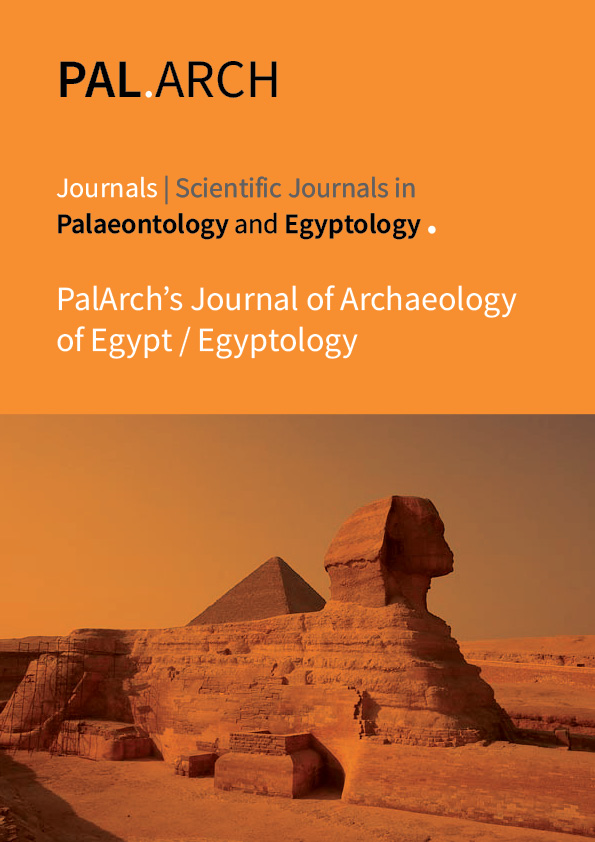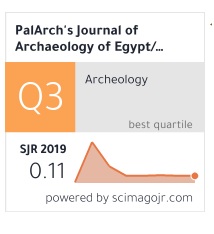REFERENCES IN GRAMMATICAL COHESION: A THEMATIC BASED STRUCTURAL APPROACH TO GRIMM’S HANSEL AND GRETEL
Abstract
The current research explores the status of grammatical cohesion in Hansel and Gretel, a German fairy tale published in 1872 with the notion to expose the nature of stepmother and a love between brother and sister. There are numerous fairy tales in the European tradition, and especially in the Grimms’ collection, that employ numerous relationships through themes, characters and motifs. Fairy tales can be seen as a reflection of the ancient mythologies and serve to echo their structure and meaning. Grammatical cohesion, accordingly, become the linking motives between fairy tales and mythologies in a coding system. A language used in spoken or written form has a semantical property that makes it unified and meaningful text. In getting coherence, one element and other elements in a text should be organized and related in a logical way. An important contribution to coherence comes from cohesion. Cohesion refers to grammatical and lexical cohesion. This is true of the popular story, Hansel and Gretel. This analysis explores the full significance of grammatical cohesion which beautified the literary text and increase the popularity of this fairy tale. The methodology of this study is based on the grammatical cohesion based on stages of the hero’s journey or quest through descriptive approach. This study has concluded that Hansel and Gretel skilfully employs numerous grammatical cohesion through which the protagonist struggles for moral maturity and psychological development with financial success. The result of grammatical cohesion is personal reference (130 items), demonstrative reference (77 items), comparative reference (4 items). The few pages’ fairy tale, Hansel and Gretel offers readers rich moral lessons about courage, regression, shrewdness, loyalty, evil, compassion and destiny through the use of English language with special reference to Grammatical Cohesion and its various types.



